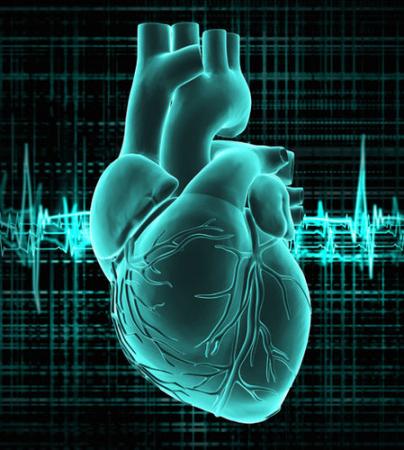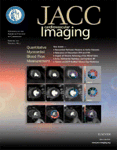导读:美国加州大学圣地亚哥分校的研究人员开发出一种新型注射水凝胶,用于安全高效地治疗因心脏病发作受损的组织。相关研究结果刊登在近日出版的《美国心脏病学院》杂志上。

该校雅各布工程学院生物工程系卡伦克·克里斯特曼教授解释说,凝胶疗法应该是一个令人乐于接受的新产品,由于没有建立修复受损心肌组织的治疗,在美国估计每年会有78.5万例心脏病突发的状况。
克里斯特曼说,这种凝胶是取自剥离于心脏肌肉细胞的结缔组织,经过清洁处理、冷冻干燥后研磨成粉状,然后液化成一种可以很容易进入心脏的注射液。一旦碰到体温,注射液变成半固体的多孔凝胶,形成一个支架,促进细胞重新填充到心脏病发作受损的心肌组织区域进行修复并可能提供生物化学信号,维持心脏功能。
她说:“更重要的是,实验结果表明不需要手术或全身麻醉,凝胶可以微创的方法通过导管注入。水凝胶有助于促进心脏损伤区域正态重塑类型响应而非促进炎性反应。”
该凝胶在实验中可以提高猪心肌损伤后的心脏功能,这使其对人类的潜在治疗更近了一步。克里斯特曼已与同事共同创办了一家名为Ventrix的公司,将在未来一年内进行这种凝胶的临床试验。

Catheter-Deliverable Hydrogel Derived From Decellularized Ventricular Extracellular Matrix Increases Endogenous Cardiomyocytes and Preserves Cardiac Function Post-Myocardial Infarction
Jennifer M. Singelyn, Priya Sundaramurthy, Todd D. Johnson, Pamela J. Schup-Magoffin, Diane P. Hu, Denver M. Faulk, Jean Wang, Kristine M. Mayle, Kendra Bartels, Michael Salvatore, Adam M. Kinsey, Anthony N. DeMaria, Nabil Dib, MScand Karen L. Christman,
Objectives: This study evaluated the use of an injectable hydrogel derived from ventricular extracellular matrix (ECM) for treating myocardial infarction (MI) and its ability to be delivered percutaneously.
Background: Injectable materials offer promising alternatives to treat MI. Although most of the examined materials have shown preserved or improved cardiac function in small animal models, none have been specifically designed for the heart, and few have translated to catheter delivery in large animal models.
Methods: We have developed a myocardial-specific hydrogel, derived from decellularized ventricular ECM, which self-assembles when injected in vivo. Female Sprague-Dawley rats underwent ischemia reperfusion followed by injection of the hydrogel or saline 2 weeks later. The implantation response was assessed via histology and immunohistochemistry, and the potential for arrhythmogenesis was examined using programmed electrical stimulation 1 week post-injection. Cardiac function was analyzed with magnetic resonance imaging 1 week pre-injection and 4 weeks post-MI. In a porcine model, we delivered the hydrogel using the NOGA-guided MyoStar catheter (Biologics Delivery Systems, Irwindale, California), and utilized histology to assess retention of the material.
Results: We demonstrate that injection of the material in the rat MI model increases endogenous cardiomyocytes in the infarct area and maintains cardiac function without inducing arrhythmias. Furthermore, we demonstrate feasibility of transendocardial catheter injection in a porcine model.
Conclusions: To our knowledge, this is the first in situ gelling material to be delivered via transendocardial injection in a large animal model, a critical step towards the translation of injectable materials for treating MI in humans. Our results warrant further study of this material in a large animal model of MI and suggest this may be a promising new therapy for treating MI.
文献链接:https://content.onlinejacc.org/cgi/content/short/59/8/751








